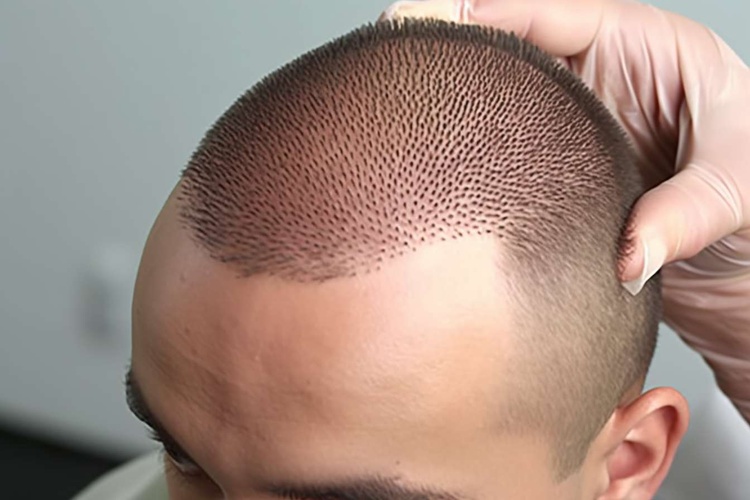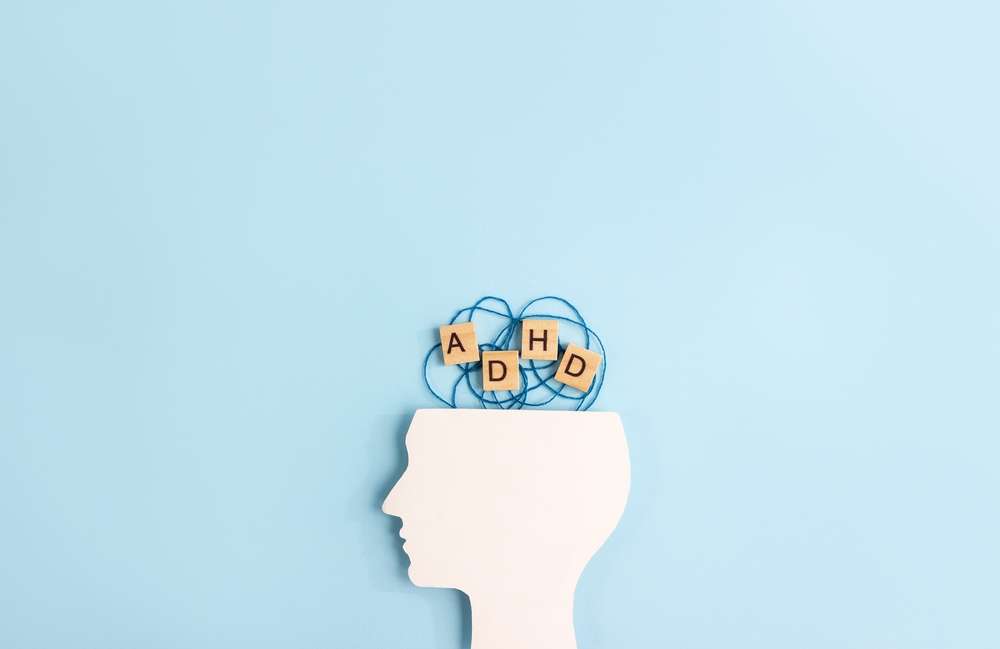Unlock Effective Solutions for Hair Loss: From Hair Transplants to Natural Remedies
Dealing with hair loss can be distressing for both men and women, but finding the right treatment can make a significant difference. Understanding the root causes, such as genetics, hormonal imbalances, poor diet, stress, or underlying medical conditions, is the first step toward effective treatment. Options like hair transplants offer long-lasting, natural-looking results, while PRP (Platelet-Rich Plasma) therapy can significantly improve hair thickness.

Hair loss is a common condition that impacts people of all ages and genders, though it manifests differently across populations. While male pattern baldness affects up to 50% of men by age 50, women typically experience more diffuse thinning rather than complete baldness. Understanding the underlying causes of hair loss is the first step toward finding appropriate solutions that can slow, stop, or even reverse the process in some cases.
Understanding the Root Causes of Hair Loss
Hair loss can stem from various factors, making proper diagnosis essential for effective treatment. Androgenetic alopecia, commonly known as male or female pattern baldness, is largely genetic and involves sensitivity to dihydrotestosterone (DHT), a hormone that shrinks hair follicles. Other causes include autoimmune conditions like alopecia areata, where the immune system attacks hair follicles, and telogen effluvium, a temporary shedding triggered by stress, illness, or hormonal fluctuations.
Medical conditions such as thyroid disorders, nutritional deficiencies, and scalp infections can also contribute to hair loss. Certain medications, including those for cancer, arthritis, depression, and heart problems, list hair loss among potential side effects. Identifying the specific cause through consultation with a dermatologist or trichologist provides the foundation for selecting appropriate hair loss solutions.
Medical and Surgical Hair Loss Solutions
Medical interventions represent some of the most scientifically validated approaches to treating hair loss. FDA-approved medications like minoxidil (Rogaine) and finasteride (Propecia) have demonstrated effectiveness in slowing hair loss and stimulating regrowth. Minoxidil works by increasing blood flow to the scalp and extending the growth phase of hair follicles, while finasteride blocks the conversion of testosterone to DHT, particularly beneficial for male pattern baldness.
For more advanced cases, hair transplantation offers a permanent solution by relocating hair follicles from donor areas (typically the back of the head) to thinning regions. Modern techniques include Follicular Unit Extraction (FUE) and Follicular Unit Transplantation (FUT), both providing natural-looking results with varying recovery times and scarring profiles. Newer innovations like platelet-rich plasma (PRP) therapy utilize the patient’s own blood components to stimulate follicle health and encourage regrowth.
Natural Remedies and Lifestyle Approaches for Regrowth Hair Treatment
Many individuals prefer exploring natural remedies before committing to medical interventions. Essential oils such as rosemary, peppermint, and lavender have shown promise in scientific studies for improving hair density when applied topically. Massage techniques that increase blood circulation to the scalp can enhance nutrient delivery to hair follicles, potentially supporting healthier growth cycles.
Nutritional adjustments play a significant role in hair health. Diets rich in protein, iron, zinc, vitamins A, C, D, E, and B-complex provide the building blocks necessary for hair growth. Supplements specifically formulated for hair health, containing biotin, collagen, and other nutrients, may address deficiencies contributing to thinning hair. Stress management through meditation, adequate sleep, and regular exercise also supports overall hair health by reducing cortisol levels that can trigger hair shedding.
Emerging Technologies in Hair Loss Treatment
The field of hair restoration continues to evolve with innovative technologies offering new hope for those with hair loss. Low-level laser therapy (LLLT) devices, available as caps, combs, or headbands, use red light wavelengths to stimulate cellular activity in follicles and enhance hair growth. These at-home treatments have gained FDA clearance for certain types of hair loss.
Stem cell therapy represents the cutting edge of hair restoration research. By isolating and multiplying stem cells from healthy follicles, scientists are working toward treatments that can regenerate damaged follicles. While still largely experimental, early clinical trials show promising results. Exosome therapy, utilizing cellular communication vesicles, is another emerging approach that may promote hair growth by delivering growth factors directly to follicles.
Cost Comparison of Hair Loss Treatments
The financial investment in hair loss treatments varies significantly based on the approach chosen. Understanding the cost implications helps individuals make informed decisions aligned with both their budget and hair restoration goals.
| Treatment Option | Provider/Brand Examples | Average Cost Range |
|---|---|---|
| Minoxidil | Rogaine, Kirkland | $30-$60 per month |
| Finasteride | Propecia, Generic | $10-$80 per month |
| Hair Transplantation (FUE) | Various Clinics | $4,000-$15,000 per session |
| Hair Transplantation (FUT) | Various Clinics | $4,000-$10,000 per session |
| PRP Therapy | Medical Clinics | $500-$2,000 per session |
| LLLT Devices | Capillus, iRestore | $300-$3,000 one-time purchase |
| Natural Supplements | Various Brands | $20-$100 per month |
Prices, rates, or cost estimates mentioned in this article are based on the latest available information but may change over time. Independent research is advised before making financial decisions.
Creating a Comprehensive Hair Loss Management Plan
Addressing hair loss effectively often requires a multi-faceted approach tailored to individual needs. Many dermatologists recommend combining treatments for enhanced results—for example, using minoxidil alongside nutritional supplements or pairing transplantation with ongoing maintenance therapies. Regular monitoring and adjustment of treatment strategies help optimize outcomes as the body responds to interventions.
Psychological support should not be overlooked, as hair loss can significantly impact self-esteem and quality of life. Support groups, counseling, and community resources provide valuable emotional assistance during the treatment journey. Setting realistic expectations about timelines and results is crucial—most treatments require 3-6 months of consistent use before visible improvements appear.
Hair loss solutions continue to advance, offering increasingly effective options for those seeking to address thinning hair. From pharmaceutical interventions to surgical procedures, natural remedies to cutting-edge technologies, the range of available treatments allows for personalized approaches based on the cause, extent, and individual preferences. Consultation with healthcare professionals specializing in hair disorders provides the best foundation for developing an effective strategy to combat hair loss and restore confidence.
This article is for informational purposes only and should not be considered medical advice. Please consult a qualified healthcare professional for personalized guidance and treatment.




